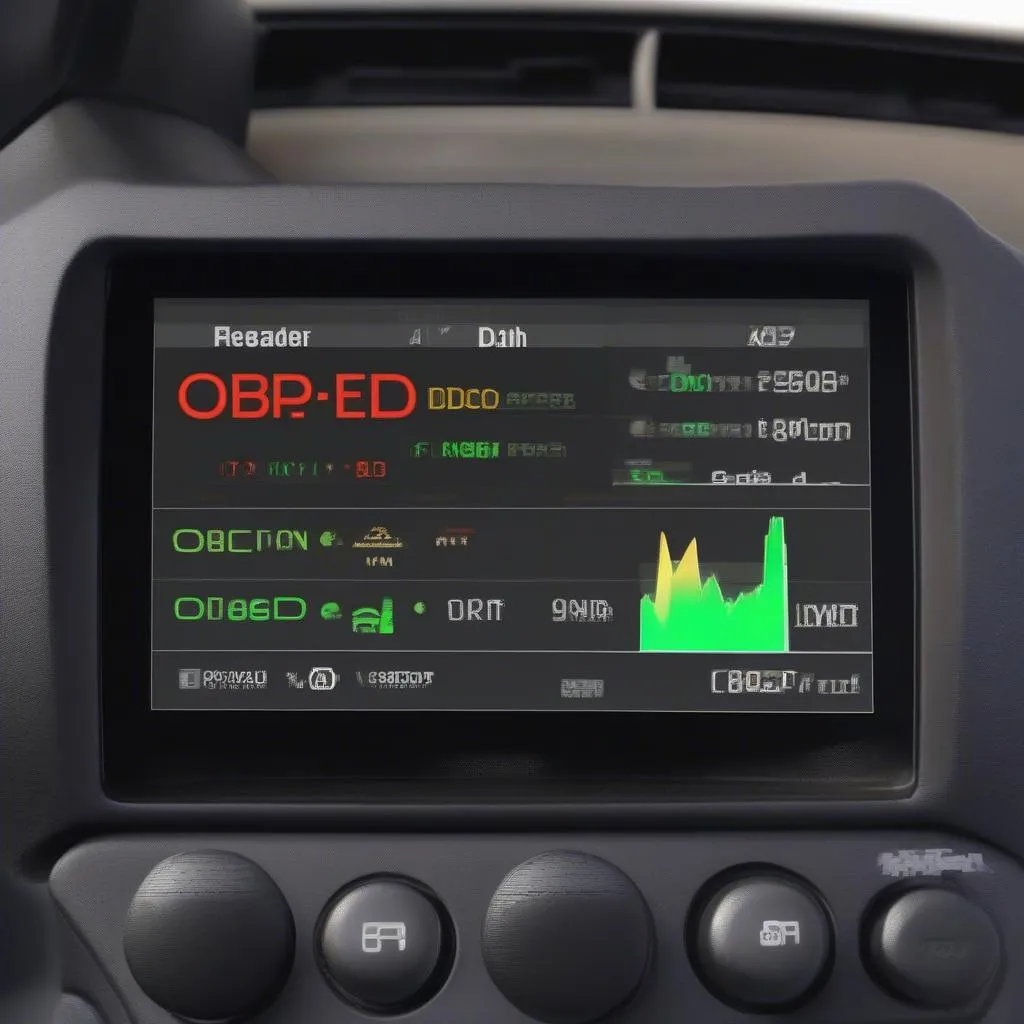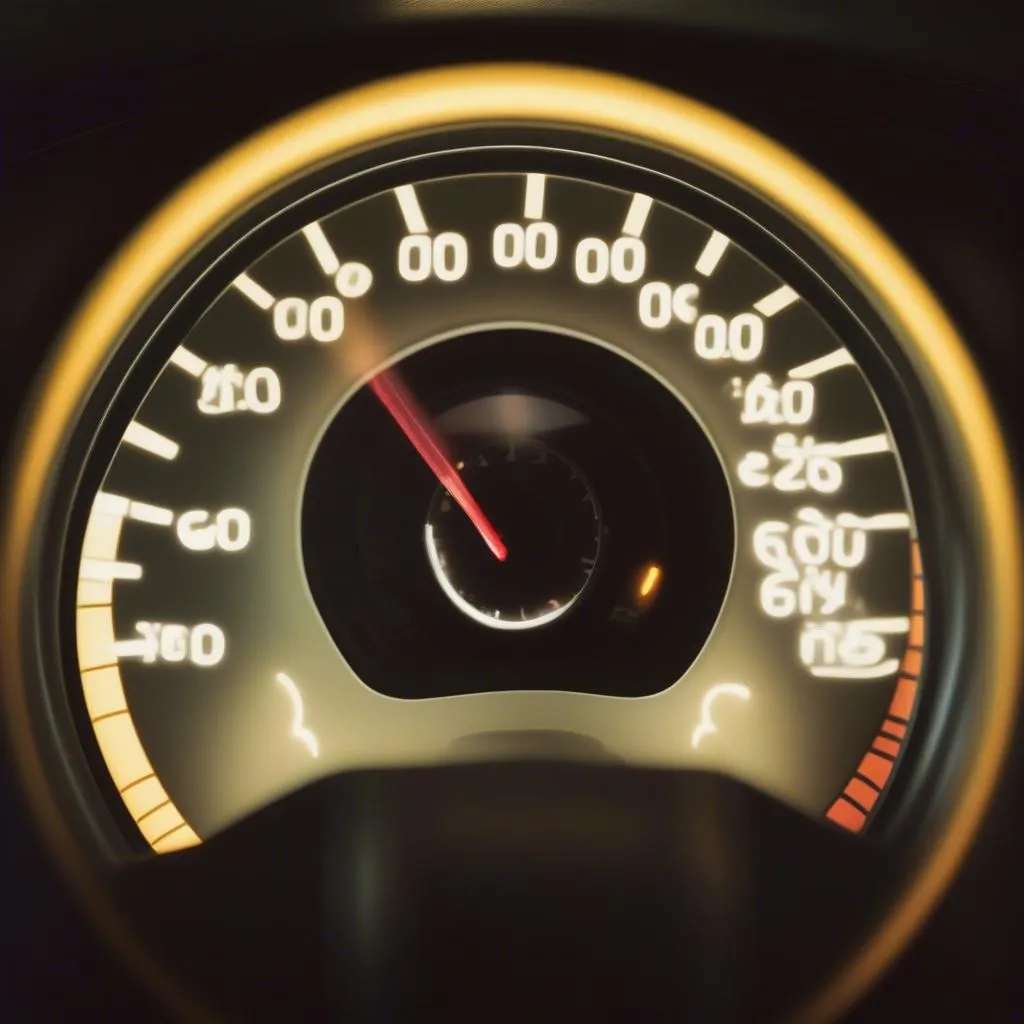Imagine this: You’re cruising down the Pacific Coast Highway in your Ford Mustang, the California sun warming your face. Suddenly, a dreaded yellow light flashes on your dashboard – the “Check Engine” light. Your heart sinks. What does it mean? Is it something serious? Before you panic and rush to the nearest mechanic in San Francisco, there’s a way to decode your car’s cryptic warning: the OBD system.
What Does OBD Mean, Anyway?
OBD stands for On-Board Diagnostics. Think of it as your car’s very own built-in mechanic. This sophisticated system continuously monitors your car’s engine, transmission, emissions system, and other crucial components. When it detects a problem, it logs a trouble code in the car’s computer, triggering that ominous Check Engine light (or, in some cases, a more specific warning light).
“The OBD system revolutionized car repairs,” says automotive expert Dr. Emily Carter, author of “The Car Whisperer: Understanding Your Vehicle’s Language.” “It provides valuable insights into the health of your car, helping mechanics pinpoint problems quickly and accurately.”
OBD: Your Gateway to Understanding Your Car
But the OBD port isn’t just for mechanics. It’s also your gateway to understanding your car’s inner workings. By connecting a device called an OBD-II reader (more on that later), you can access a wealth of information, including:
- Diagnostic Trouble Codes (DTCs): These alphanumeric codes, like “P0420” (which often indicates a catalytic converter issue), tell you what’s wrong with your car.
- Freeze Frame Data: This snapshot of your car’s sensor readings at the time a fault occurred provides valuable clues for diagnosis.
- Vehicle Speed Information: Track your speed, engine RPM, and other performance data.
- Emissions Readiness Status: See if your car is ready to pass an emissions test.
 OBD reader
OBD reader
OBD-II Readers: Your Personal Car Doctor
OBD-II readers, also known as scan tools, come in all shapes and sizes, from simple code readers to advanced professional-grade scanners. You can find them at auto parts stores, online retailers, and even some gas stations.
For casual car owners, a basic OBD-II reader can be a valuable tool for understanding and potentially even fixing minor issues. However, for more complex problems, it’s always best to consult a qualified mechanic.
Common Questions About OBD
1. Where is the OBD port located?
The OBD port is typically located under the driver’s side dashboard, near the steering column. However, the exact location can vary depending on the car model.
2. Can I use any OBD reader on my car?
Most cars manufactured after 1996 use the OBD-II standard. However, it’s always a good idea to check your owner’s manual or consult with a mechanic to ensure compatibility.
3. What should I do if the Check Engine light comes on?
Don’t ignore it! While the issue might be minor, it’s essential to get it checked out as soon as possible to prevent further damage and ensure your safety on the road.
 Check Engine Light
Check Engine Light